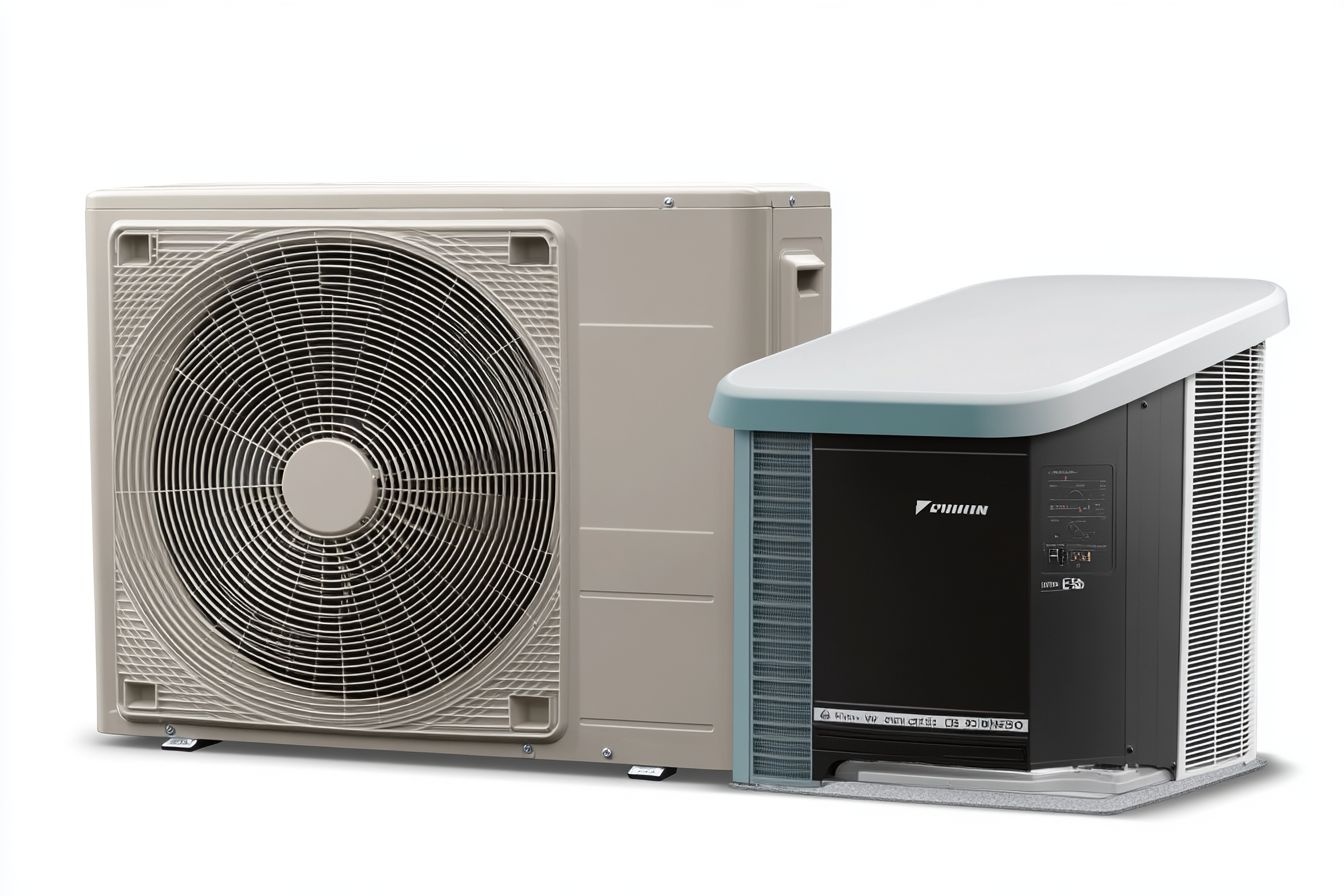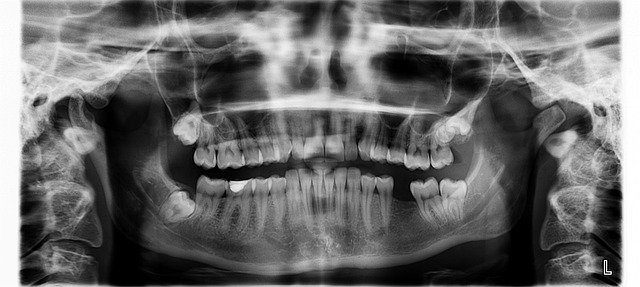A Guide to Choosing the Right Air Conditioner in Europe: Features, Costs, and What to Consider
Thinking about upgrading or installing an air conditioner? This guide reviews popular options available across Europe, what features to look for, how costs can vary, and what to consider before making your choice—so you can find a cooling solution that fits your space and needs.

What are the main types of air conditioners available in Europe?
In Europe, there are several types of air conditioners to choose from, each suited to different needs and spaces:
-
Split System Air Conditioners: These consist of an indoor unit and an outdoor compressor. They’re popular for cooling individual rooms or open-plan areas and are known for their quiet operation and energy efficiency.
-
Multi-Split Systems: Similar to split systems, but with one outdoor unit connected to multiple indoor units. These are ideal for cooling several rooms or larger spaces.
-
Portable Air Conditioners: These freestanding units can be moved between rooms and require minimal installation. They’re suitable for renters or those needing temporary cooling solutions.
-
Window Air Conditioners: Less common in Europe, these units are installed in a window or through a wall. They’re compact and can be a good option for small spaces.
-
Central Air Conditioning: While more prevalent in commercial buildings, some larger homes in Europe have central air systems that cool the entire house through ductwork.
What features should you compare when choosing an air conditioner?
When selecting an air conditioner, consider the following key features:
-
Cooling Capacity: Measured in BTUs (British Thermal Units) or kW, this indicates how much space the unit can effectively cool.
-
Energy Efficiency: Look for models with high energy efficiency ratings to reduce electricity consumption and costs.
-
Noise Level: Measured in decibels (dB), lower numbers indicate quieter operation, which is important for bedrooms and living areas.
-
Air Filtration: Some units come with advanced filters that can remove allergens and improve air quality.
-
Smart Features: Many modern air conditioners offer Wi-Fi connectivity and smartphone control for added convenience.
-
Heating Function: Some models double as heat pumps, providing warmth during colder months.
How do you understand energy efficiency ratings for air conditioners?
Energy efficiency is crucial for both environmental concerns and operating costs. In Europe, air conditioners are rated using the Seasonal Energy Efficiency Ratio (SEER) and the Seasonal Coefficient of Performance (SCOP) for heating functionality. The ratings are displayed on energy labels:
-
SEER measures cooling efficiency, with higher numbers indicating better performance.
-
SCOP measures heating efficiency for units with heat pump functionality.
-
Energy labels range from A+++ (most efficient) to D (least efficient).
When comparing units, look for those with A+ or higher ratings to ensure optimal energy efficiency.
What are the typical installation and running costs for air conditioners in Europe?
The costs associated with air conditioning can vary significantly based on the type of system, its efficiency, and your location within Europe. Here’s a general overview:
Installation Costs:
-
Portable units: €300 - €700 (minimal installation required)
-
Window units: €400 - €1,000 (including installation)
-
Split systems: €1,000 - €3,000 (including installation)
-
Multi-split systems: €2,500 - €7,000+ (depending on the number of indoor units)
Running Costs:
-
Energy-efficient models can cost between €0.20 to €0.60 per hour to run, depending on size and settings.
-
Less efficient units may cost up to €1.00 or more per hour.
| Air Conditioner Type | Average Installation Cost | Estimated Annual Running Cost |
|---|---|---|
| Portable AC | €300 - €700 | €100 - €300 |
| Window AC | €400 - €1,000 | €150 - €400 |
| Split System | €1,000 - €3,000 | €200 - €500 |
| Multi-Split System | €2,500 - €7,000+ | €300 - €700+ |
Prices, rates, or cost estimates mentioned in this article are based on the latest available information but may change over time. Independent research is advised before making financial decisions.
What tips can help you select the right model for your home?
Choosing the right air conditioner for your home involves several considerations:
-
Room Size: Calculate the square meters of the space you want to cool and match it to the unit’s capacity.
-
Insulation: Well-insulated homes may require less powerful units.
-
Sun Exposure: Rooms with high sun exposure may need more cooling power.
-
Climate: Consider a heat pump model if you live in an area with cold winters.
-
Noise Sensitivity: If installing in a bedroom, prioritize quieter models.
-
Installation Constraints: Check if your property allows for external units if considering split systems.
-
Long-term Costs: Factor in both purchase price and estimated running costs when making your decision.
How can you maximize efficiency and minimize environmental impact?
To get the most out of your air conditioner while reducing its environmental footprint:
-
Choose the highest energy efficiency rating you can afford.
-
Use programmable thermostats or smart controls to optimize usage.
-
Regularly clean or replace filters to maintain efficiency.
-
Combine air conditioning with fans to improve air circulation and reduce overall energy use.
-
Consider complementary cooling methods like proper insulation and window shading to reduce the workload on your air conditioner.
-
Opt for models using refrigerants with lower global warming potential (GWP).
Selecting the right air conditioner for your European home involves balancing comfort, cost, and environmental considerations. By understanding the types available, comparing key features, and considering both installation and running costs, you can make an informed decision that keeps you cool without breaking the bank or compromising on energy efficiency. Remember to factor in your specific needs, local climate, and property constraints to find the perfect cooling solution for your living space.




